
When surrealism meets reality, its whimsical sparks lead to an absurd turn of events that can make real circumstances even more tangible in all their tragic-comical unfolding. As Colombian writer and novelist Gabriel García Márquez once said, “Surrealism runs through the streets. Surrealism comes from the reality of Latin America.” That surrealism which is woven through Latin American literature and culture in the past century can easily help describe the troublesome circumstances of present-day Guatemala.
In his subtle, profound photo essay and self-published book, Chukel, which depicts the unbearable consequences of the civil war and genocide that devastated Guatemala’s social fabric and ravaged Mayan communities over the course of three decades, Italian photographer Daniele Volpe has captured the astonishing contradictions and sometimes nonsensical aspects of everyday life in San Gaspar Chajul, Santa Maria Nebaj and San Juan Cotzal, the three main municipalities of El Quiche, which were most affected by the atrocities inflicted on the Mayan Ixil Communities.
As he describes some of the scenes he has photographed in the past three years, Volpe refers to that surrealism mentioned by Márquez that Latin America possesses: an indigenous woman of Mayan ancestry holds high the mortar shell of a bomb once deployed by the army to target the “internal enemy,” and now used by the community as a chiming bell to invite people to congregate. When natives asked Volpe for portraits of themselves with their loved ones, he astonishingly photographed locals posing next to plastic and paper bags holding the bones of the deceased.
Amid these surreal situations, Volpe’s photographs constitute a heart-wrenching and necessary documentation of the oppressive events around and beyond the Guatemala genocide perpetrated by the government’s army led by former dictator General José Efraín Ríos Montt during the country’s civil war.
An engineer with a degree in telecommunications turned professional photographer, Volpe arrived in Guatemala in 2007 as a volunteer with the Italian civil service and joined a church-guided project known as the Recuperación de la Memoria Histórica (Recovery of Historical Memory Project), an in-depth investigation — parallel to the U.N. commission’s official one — into the extent of the crimes against humanity that took place between 1960 and 1996. As Latin American left-wing guerrilla rebels arose in the hinterlands in those years, the military-controlled government violently repressed the insurgency targeting Mayan communities and accusing them of sympathizing and sheltering the rebels.
According to the official 1999 commission report, “Guatemala: Memory of Silence,” the Guatemalan military carried out more than 600 massacres. Over 200,000 people were killed during the conflict, 83% of whom were of Mayan descent. Many were displaced to rural mountains where they precariously survived for over a decade, their crops ravaged to induce starvation. The General Peace Agreement signed in 1996 formally ended the war, but the scars from torture, kidnapping, systematic rape and forced displacement of the indigenous population are deeply rooted into the social fabric of Guatemalan society today.
“My intent was precisely to make people understand that these events, these narratives don’t belong to the past, and they are bound to the present not only through memories, rather with real facts: the exhumations, the research for the disappeared people, the new funerals, the new burials, they are all parts of today [Guatemalan] society,” he says.
The procedure of “recovery of the historical memory” begins with the exhumation, a lengthy process where families and forensic anthropologists work together to locate clandestine and mass graves where their children, parents, brothers and neighbors have been buried. Once the remains are extracted, the anthropologists recompose the bodies in labs in the capital city, DNA tests confirm the relationship to the survivors, and once identified, victims’ remains are returned to their families. Solemn ceremonies, funerals and dignified burials for their loved ones are largely attended, offering a late recognition that may also help to alleviate the survivors’ long grief.
Still Volpe wonders about the psychological impacts that these dreadful events have had on the population. Alcoholism, violence against women, crime, prostitution, homicide – one of the highest rates in South America – are all current issues rooted in Guatemala’s society that the photographer aims to further explore in the future.
To make the issue even more timely and poignant is the trial of Ríos Montt. The Constitutional Court charged the general with genocide and crimes against humanity during his brief but violent 17-month reign. A technicality invalidated the verdict, and a new process is slated to start soon. That trial, held for the first time in the nation’s court, represented a significant opportunity for the victims’ voices to be heard — almost 100 witnesses testified — and a milestone for the country.
The last part of Volpe’s book, Sus rostros (Their faces), aims to restore dignity and humanity to the victims and their families. Witnessing the exhumation, Volpe felt he wasn’t able to truly give justice to these people’s stories. “My idea was to give a face to these people,” he says, capturing photo IDs and portraits of the victims held in the hands of their family members, a subtle and touching homage to their memories and lives.
While the work has been well received internationally, in Guatemala the photographer has struggled to make an impact. “It has been a year and half that I have tried to show this work in Guatemala, but I haven’t been able to,” he says, mentioning threats received from groups close to the military.
Still he continues with his “research,” he says referring to the cryptic book title Chukel, a Mayan word that means “to search” or “searching.” For Volpe, that word is representative of his journey. “[It’s] a search for justice, for the truth, for both an internal and external peace.”
Daniele Volpe is an Italian documentary photographer based in Guatemala. His self-published book, Chukel, printed in March 2015, can be found here.
Myles Little, who edited this photo essay, is a Senior Photo Editor at TIME.
Lucia De Stefani is a writer and contributor at TIME LightBox. Follow her on Twitter and Instagram.
Follow TIME LightBox on Facebook, Twitter and Instagram.



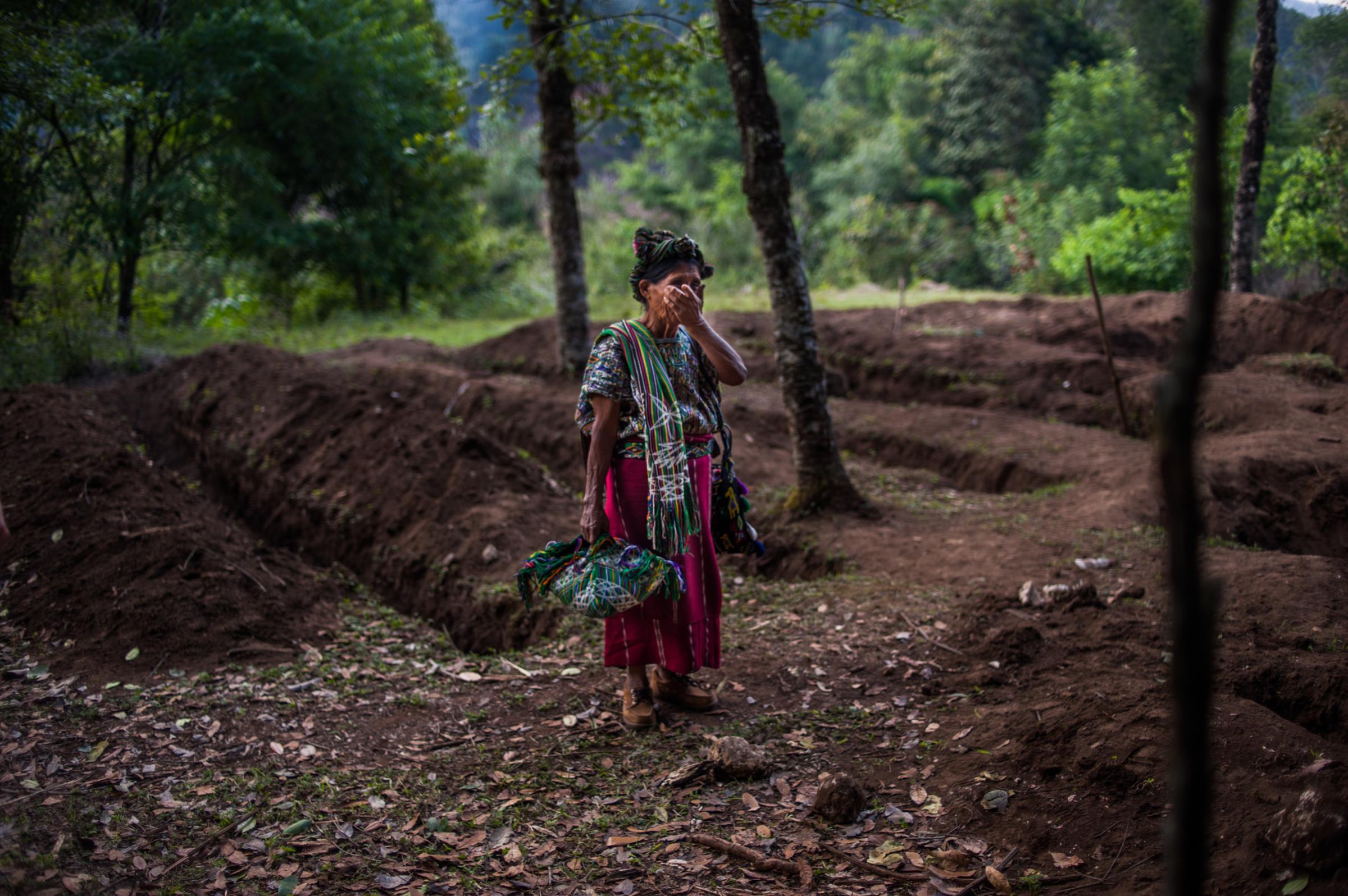

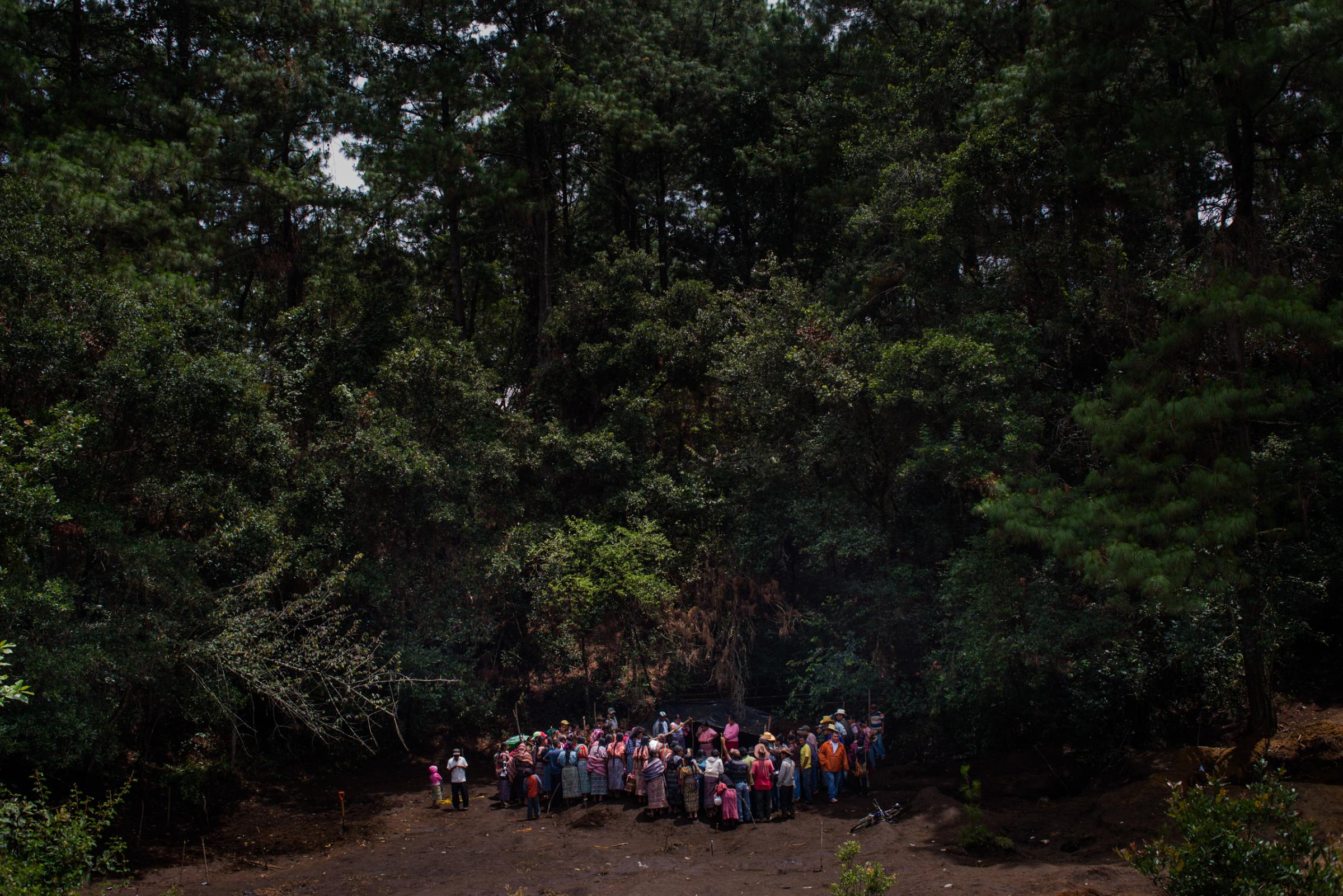
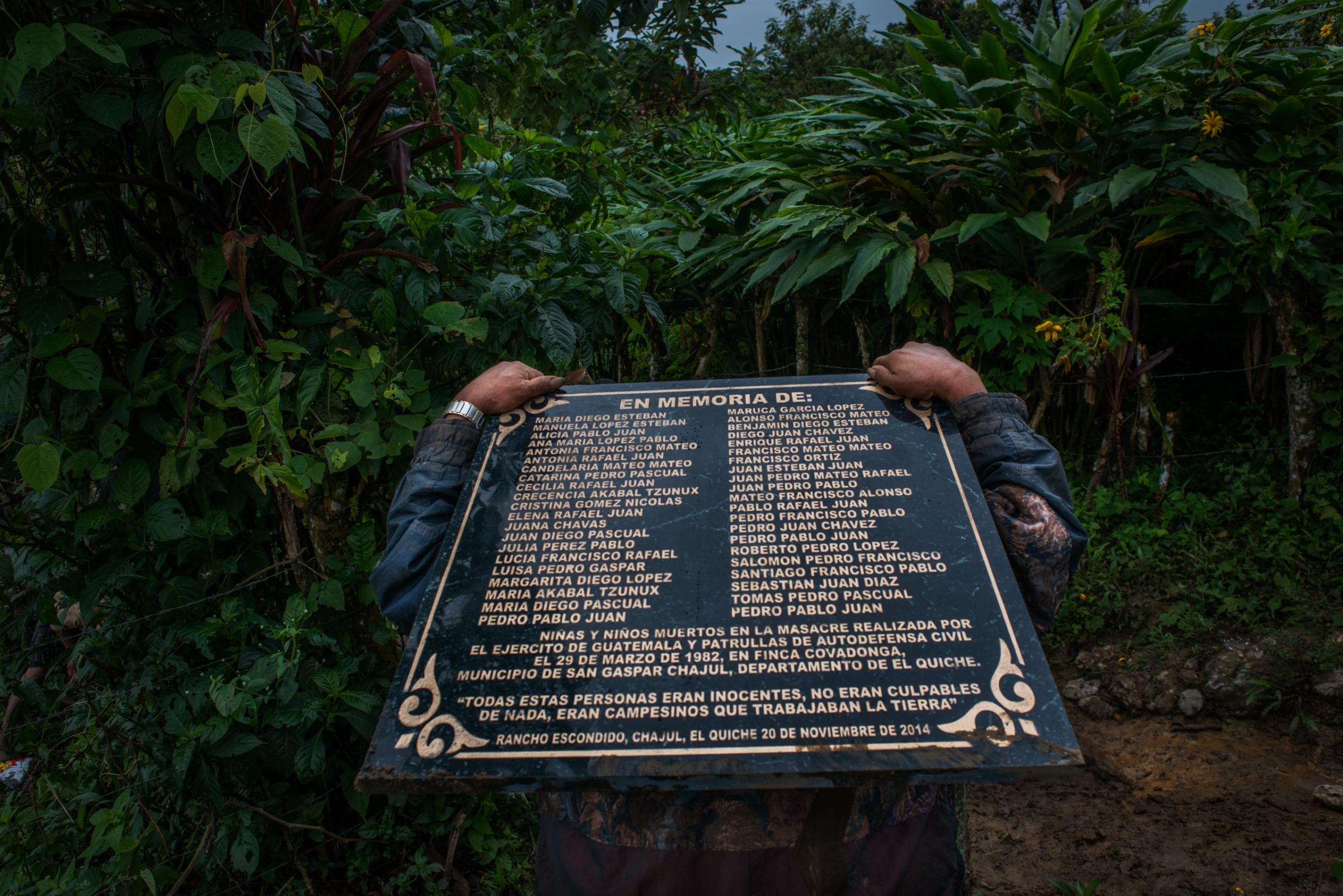


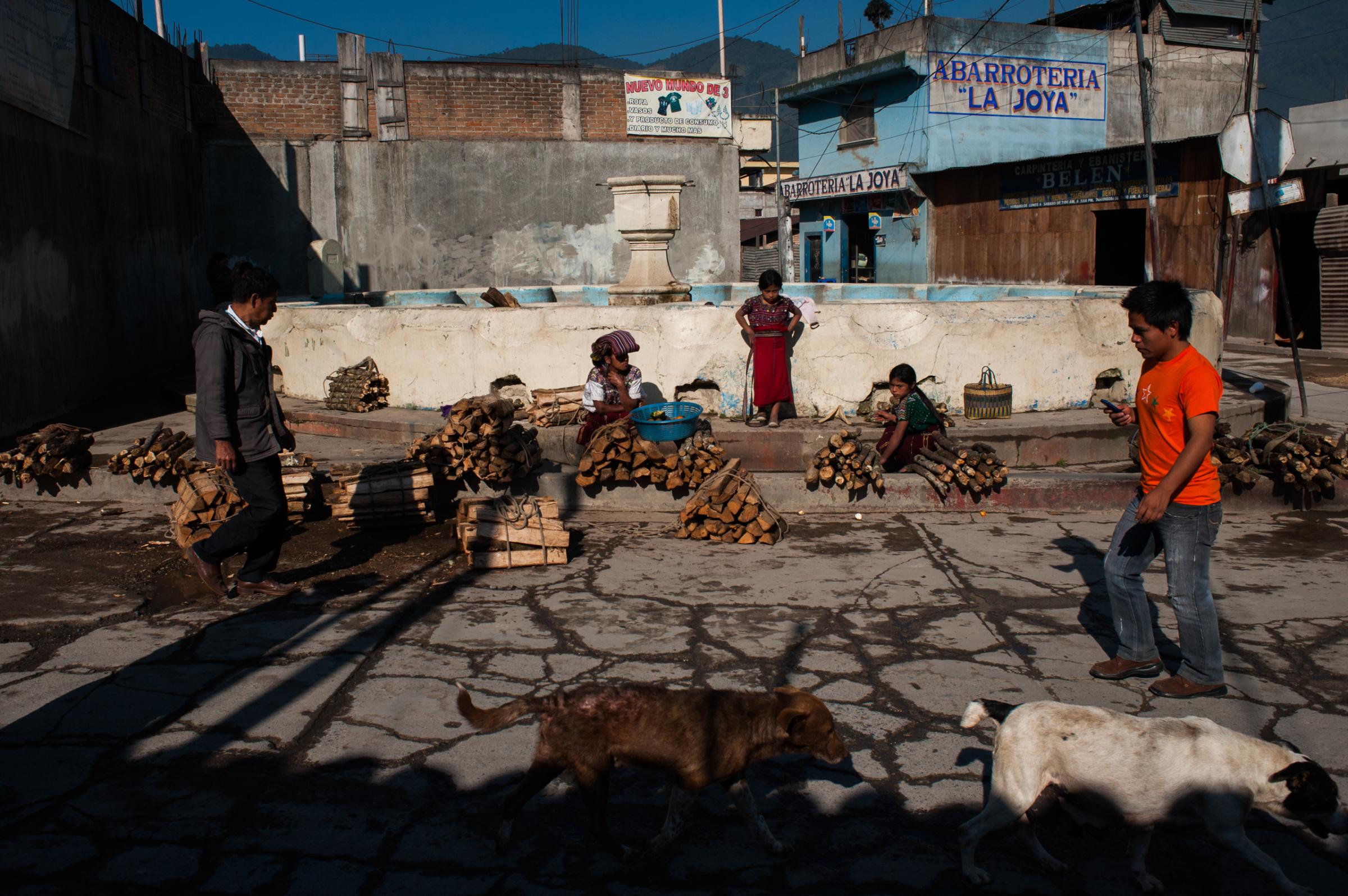
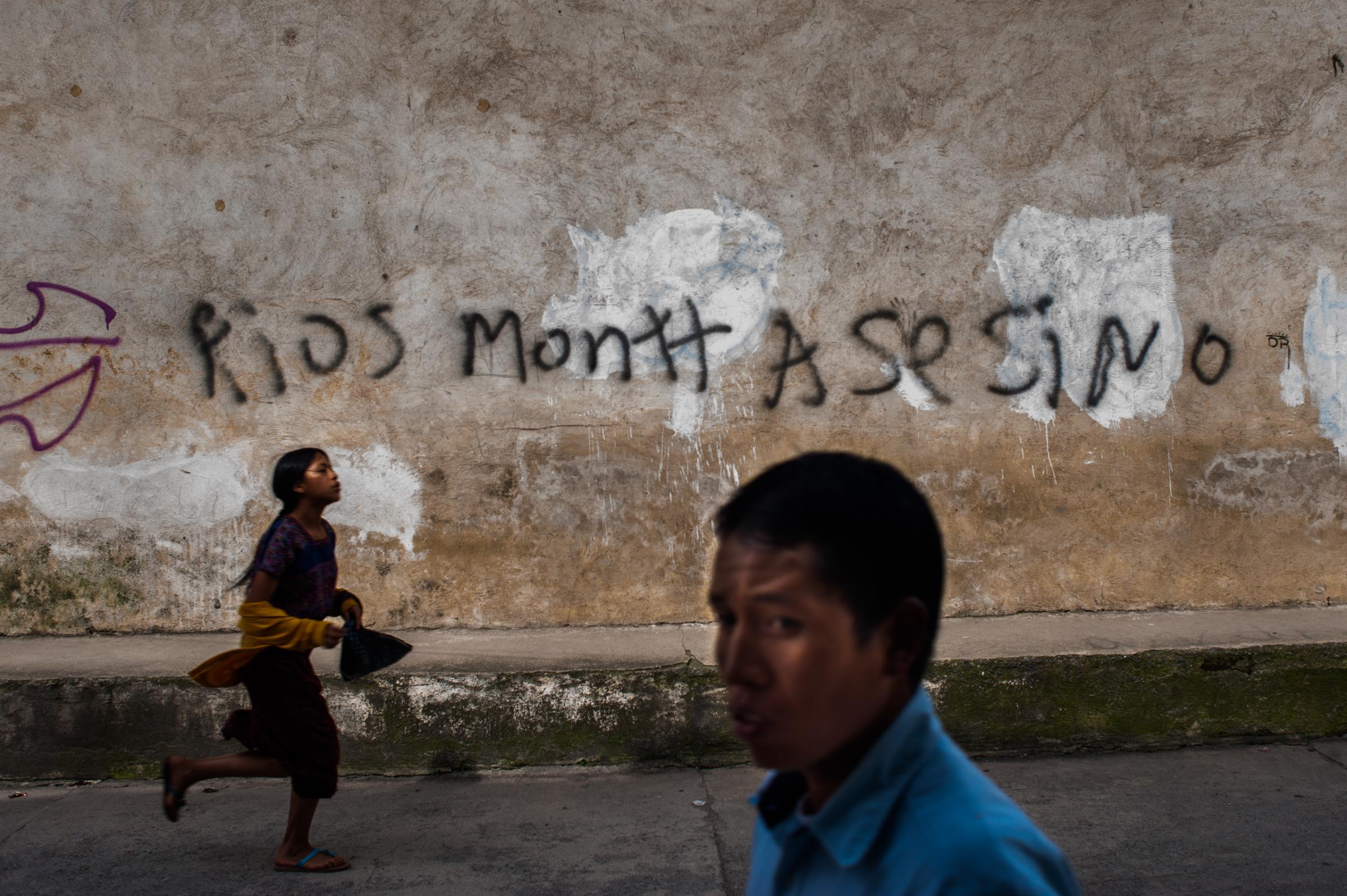

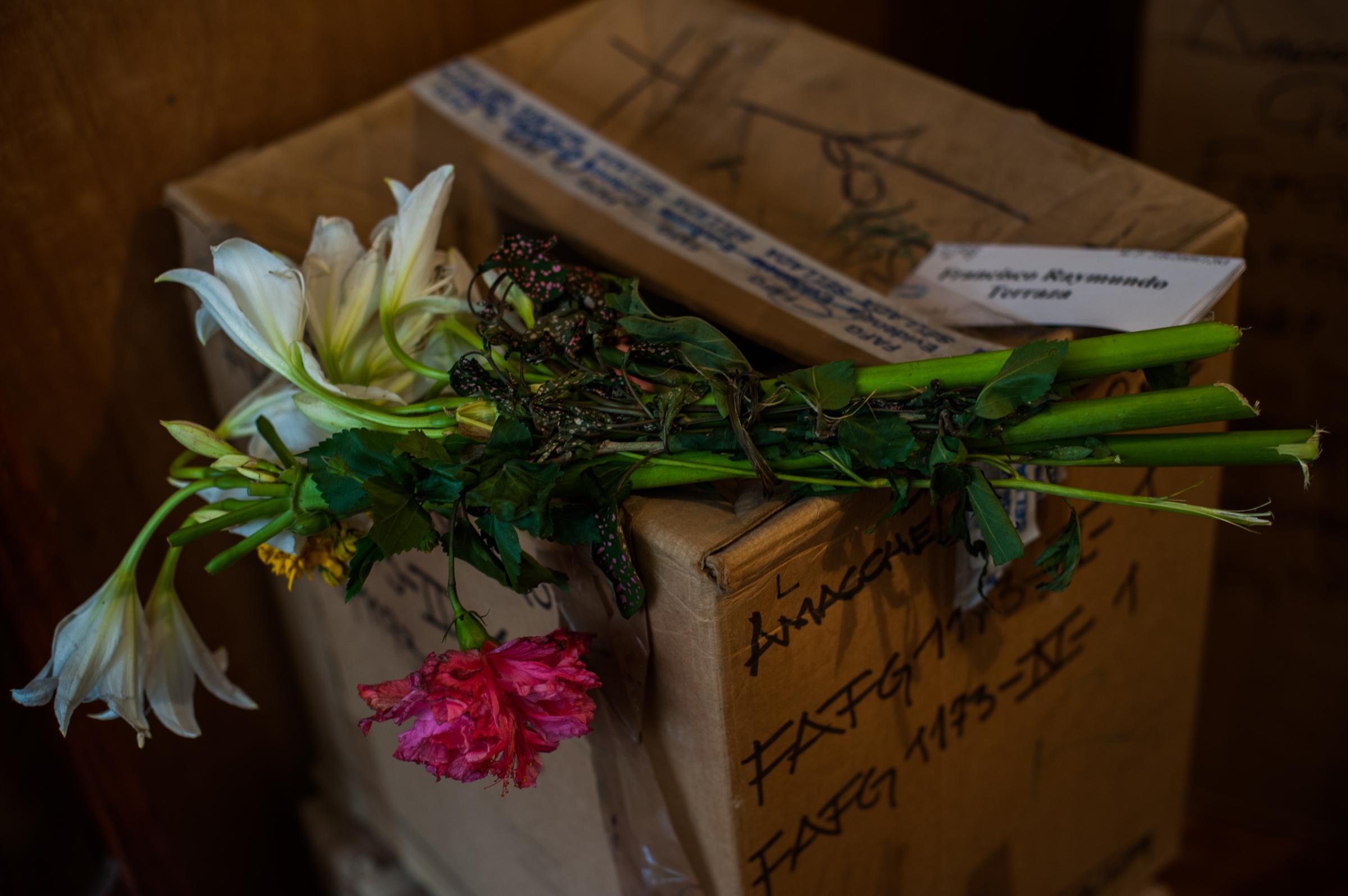

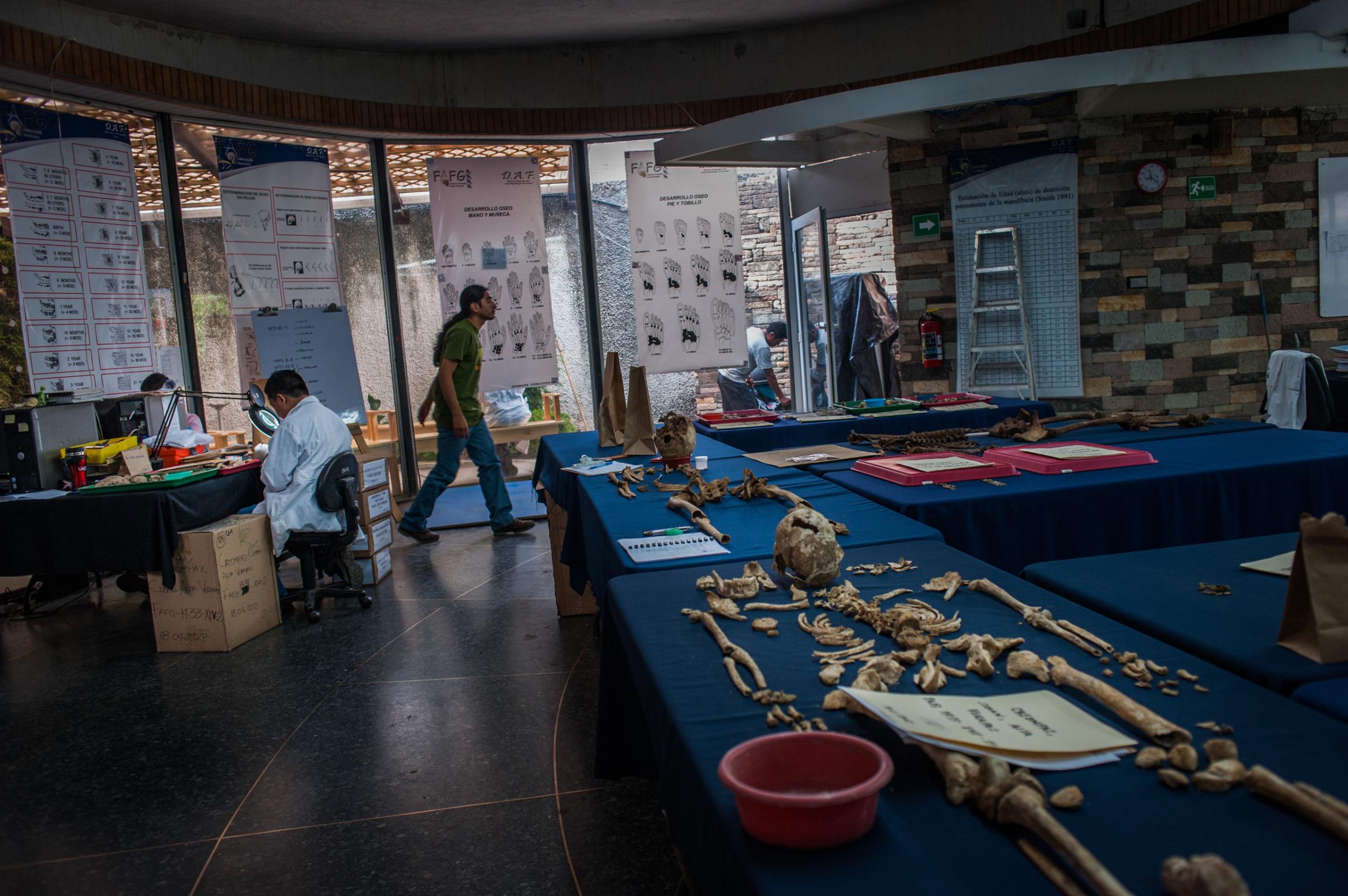



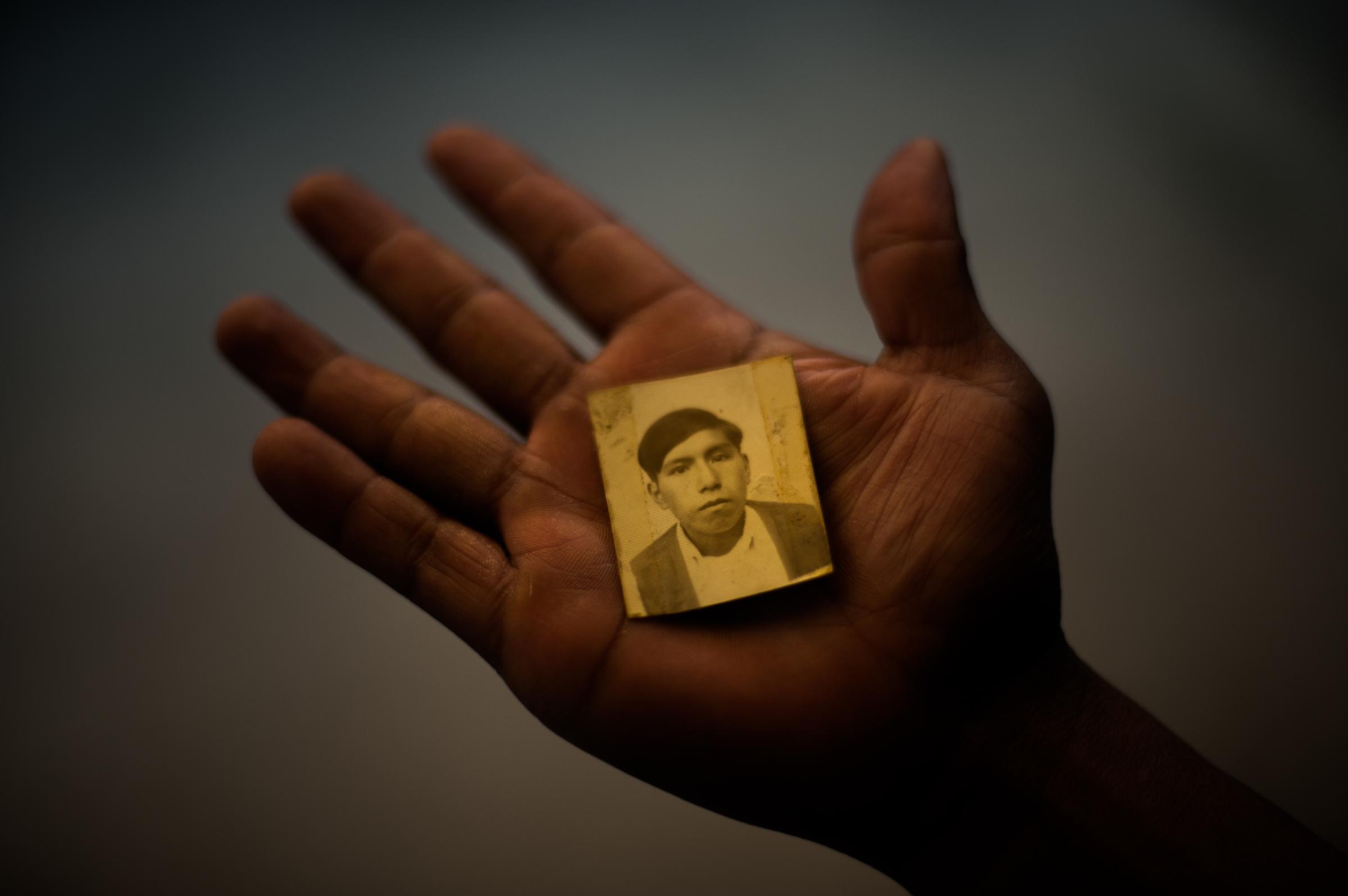
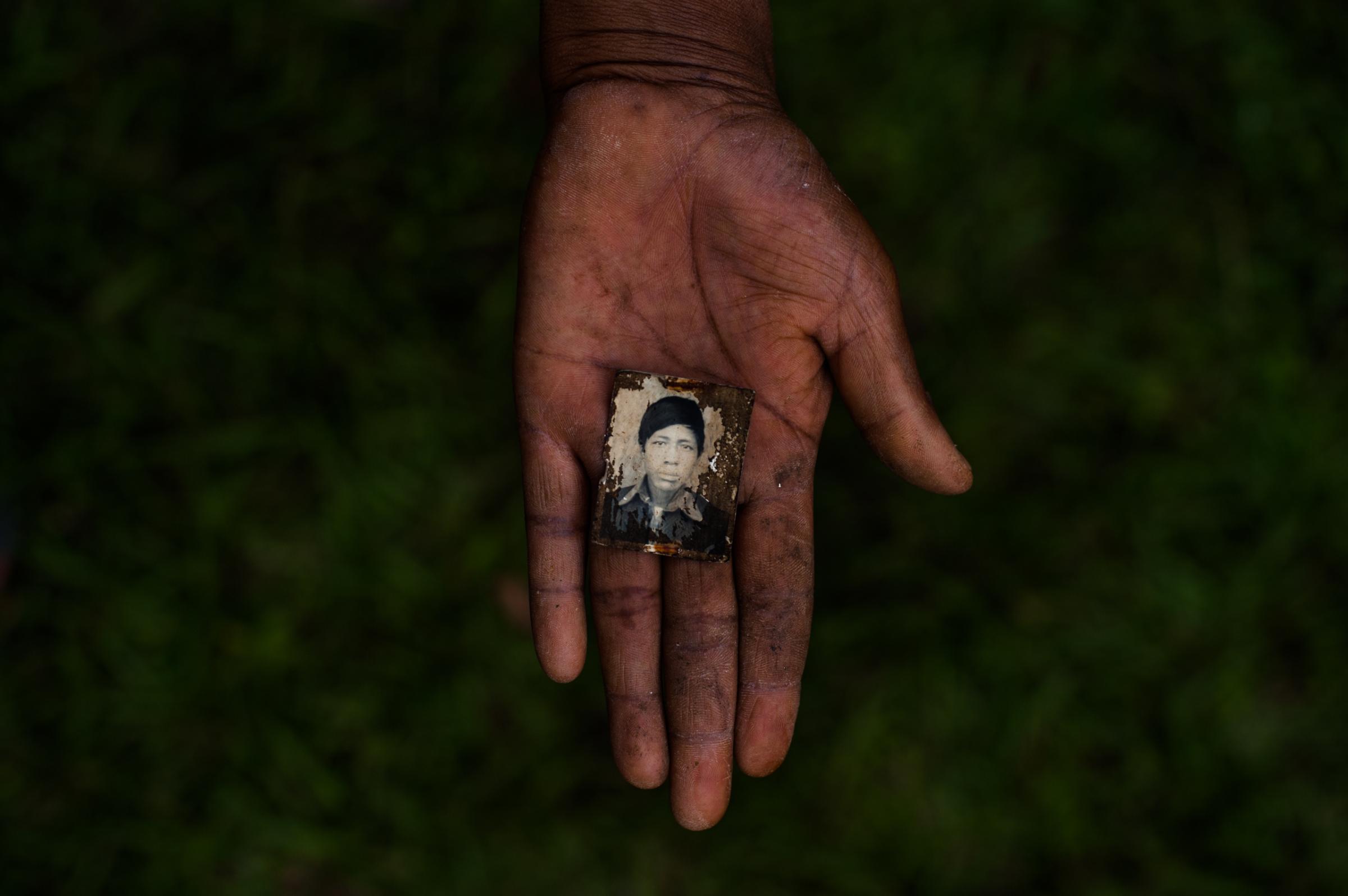


More Must-Reads from TIME
- How Donald Trump Won
- The Best Inventions of 2024
- Why Sleep Is the Key to Living Longer
- Robert Zemeckis Just Wants to Move You
- How to Break 8 Toxic Communication Habits
- Nicola Coughlan Bet on Herself—And Won
- Why Vinegar Is So Good for You
- Meet TIME's Newest Class of Next Generation Leaders
Contact us at letters@time.com